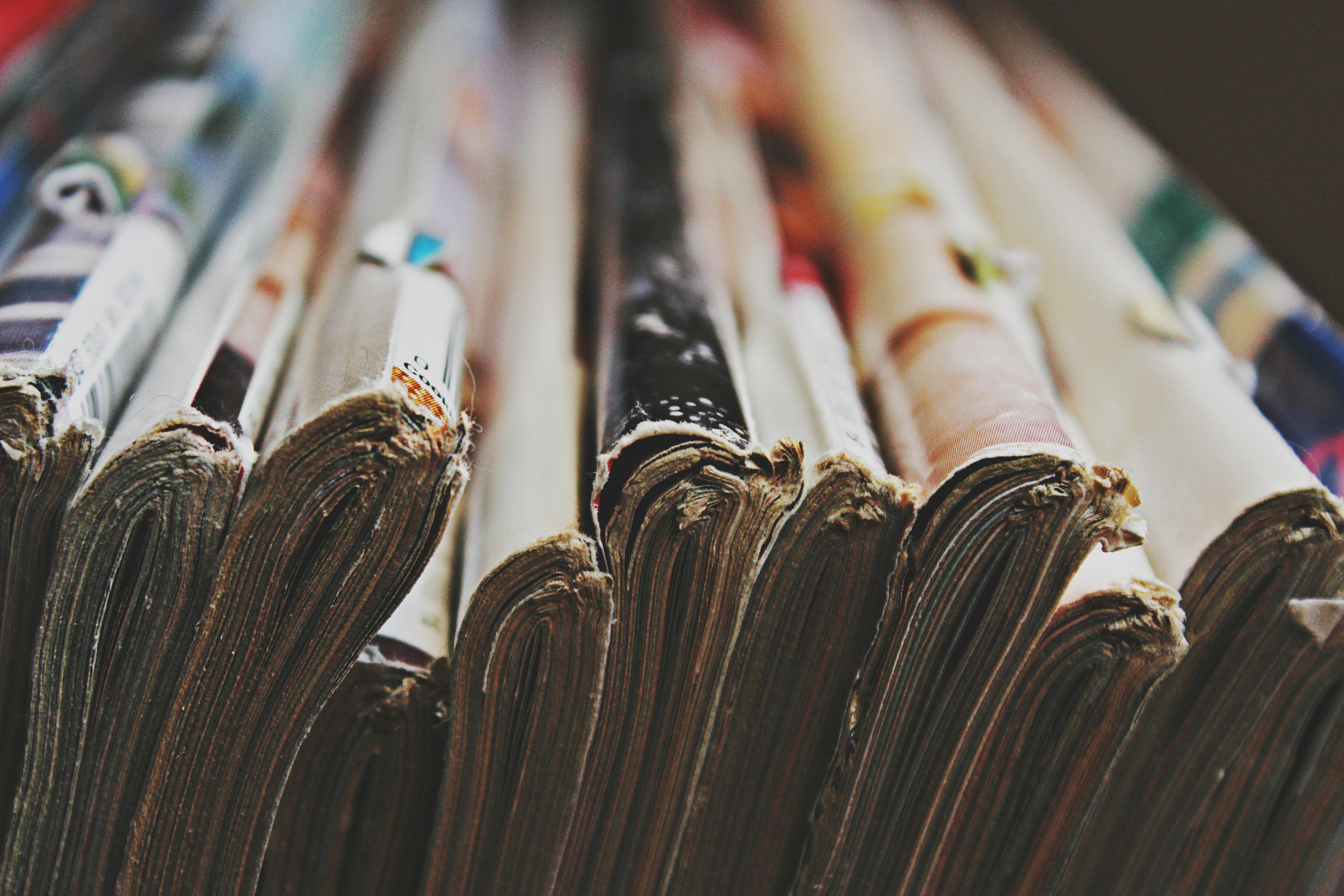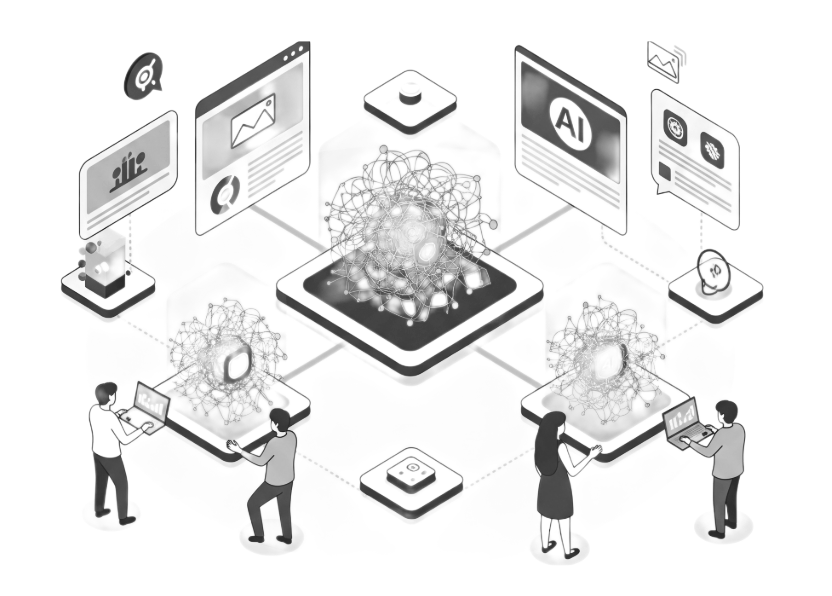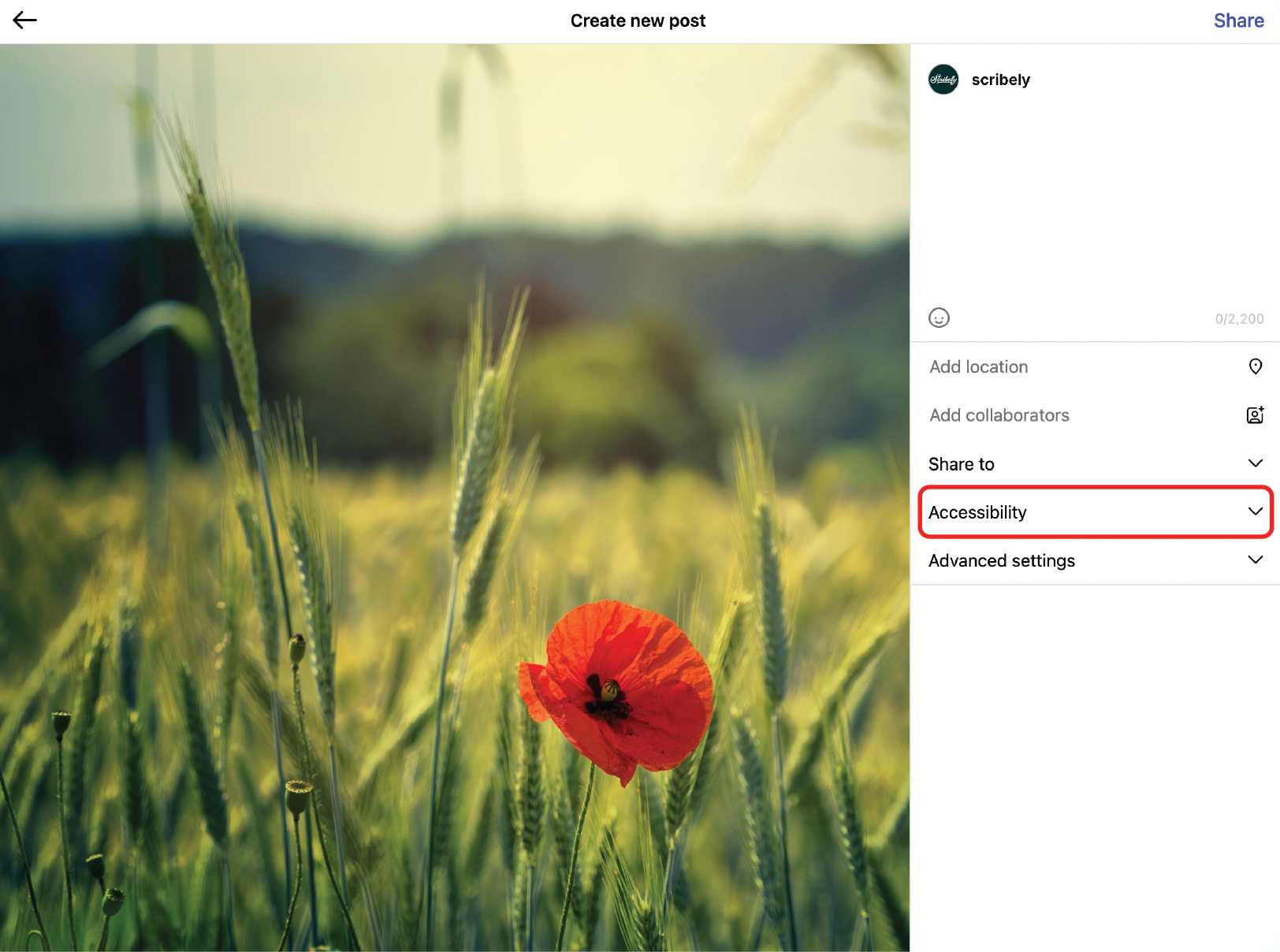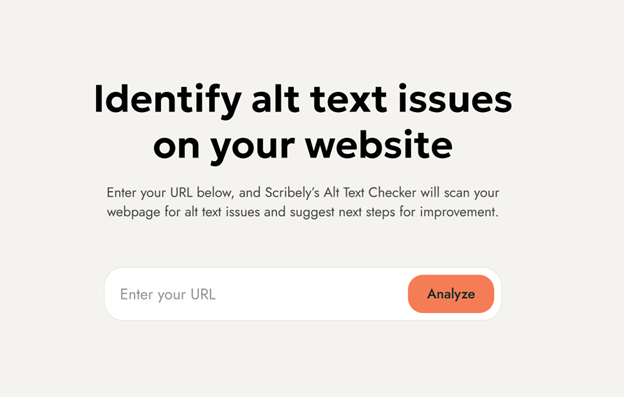Introduction
How much money would you spend on a mystery NFT that you couldn’t see but came with the description, “Unlabeled image, unlabeled image” followed by a string of meaningless numbers and letters? Probably not very much, if any at all, because the only thing you can glean from that description is that it’s an image, nothing more.
It’s Global Accessibility Awareness Day, a day dedicated to bringing attention to the pressing need for web accessibility solutions. We at Scribely think this is the perfect time to bring awareness to a huge opportunity to build the future of the web with accessibility woven right into its fabric. So what is this opportunity? Drumroll, please! NFTs (non-fungible tokens).
What Are NFTs?
A fungible token is an asset that can be swapped or replaced with an identical item, like money or Bitcoin. Each bill or coin is of equal value, and one is not more valuable than the next. A non-fungible token, then, is the opposite: a digital asset that is unique and therefore not interchangeable with another, like a work of art or a song or a photo. Currently, they’re bought and sold on blockchain marketplaces like OpenSea and Rarible using cryptocurrency.
NFTs absolutely skyrocketed in popularity in the second half of 2021 and early 2022, with market size estimates as high as $41B. And though their staying power remains to be seen, the market has yet to show signs of decline. If NFT evangelists are correct, this new frontier of e-commerce will only continue to increase in size as more and more assets are “minted” (NFT-speak for “created”).
Why the Hype Around NFTs?
This can be baffling if you’re just now learning about NFTs. Why in the world would someone purchase the popular Side-Eyeing Chloe meme NFT for almost $74,000 when free copies (and screenshots) have been circulating the internet for years?
Without getting too technical, NFTs create digital scarcity by allowing someone to own the original. So while others may have plenty of copies and screenshots, only the NFT buyer owns the original, which will, in theory, increase in value over time. Depending on the terms defined when sold, the owner of the original may also have the ability to further monetize that asset, as well as receive other perks.
One of the best examples of how NFTs create scarcity is the popular Bored Ape Yacht Club (BAYC) NFT collection launched in April 2021. Buying one of 10,000 unique images of cartoon apes for 0.08 ETH (Ethereum, a cryptocurrency; worth approximately $190 at the time) gave owners intellectual rights to their apes, as well as granted them access to a private online club and exclusive in-person events. Club membership conferred some silly perks (e.g. access to a virtual collaborative graffiti board) along with some lucrative ones, like the Mutant Serum that would create unique mutant versions of their apes as new NFTs or the exclusive ability to “adopt” a dog NFT (dubbed the Bored Ape Kennel Club) for their ape. Considering that some ape NFTs are now selling for millions on the open market, it’s no wonder many are quick to tout NFTs’ value.
What does web accessibility have to do with NFTs?
How much money would you spend on a mystery NFT that you couldn’t see but came with the description, “Unlabeled image, unlabeled image” followed by a string of meaningless numbers and letters? Probably not very much, if any at all, because the only thing you can glean from that description is that it’s an image, nothing more. You’d be risking a lot buying the NFT without more info.
Sadly, you’d miss out because that mystery NFT was actually a Bored Ape. No joke—that is exactly how each ape is described in the BAYC gallery for people with visual impairments. It’s not a visible description, just one that’s hidden in the code for a screen reader, like Apple’s VoiceOver, to read aloud whenever that image is selected. What’s worse, clicking on the image takes a user to the OpenSea sales page for that ape, where the Description reads only, “Created by BoredApeYachtClub.” And while that might give a screen reader user some indication of what the image contains, they’d have no idea if it’s a Bored Ape, a Mutant Ape, or a Club Dog, let alone what characteristics it possesses.
And this is not an isolated incident. One visually impaired user who went through the process of buying an NFT described her experience in a blog, saying, “After going through at least 20-25 trending and top NFT collections, I did not come across any alternative text for images”—meaning she had no way of knowing what those NFTs contained. What’s more, when researching for this piece, hers was the only article I could find that discussed the accessibility of NFTs for the over 1 billion people with disabilities and impairments.
But it doesn’t have to be this way. As mentioned, NFTs are a burgeoning and developing market that seem to be just barely taking off. Now is the perfect time to begin implementing web accessibility solutions, before we create millions and millions more terabytes of information that are inaccessible to millions of people.
How to make an NFT accessible
Let’s focus primarily on image accessibility, since so many NFTs are image based, like our old friends, the Bored Apes. What would it take to improve the BAYC experience for disabled users? Surprisingly, only 250 characters.
Ok, that’s simplifying a bit, but bear with me. When someone can’t see an image for whatever reason, web accessibility standards prescribe the use of what’s called Alternative (Alt) Text, which is a short description (250 characters or fewer) of the meaning, contents, and purpose of an image. It exists to make the information contained in an image accessible by means other than vision, like audio via a screen reader or a refreshable braille display.
So ideally, each Bored Ape would have an Alt Text description written by its creators that describes its most important distinctive features. If the assistive-technology user wanted to learn more, they could click on the ape to go to its page, where they would find an Extended Description, which has no character limit and allows an image to be described more fully. Since the apes are built around and derive value from their unique combinations of 170 different characteristics, these Extended Descriptions would be highly important in understanding which ape they’ve selected.
And that’s it! Simple, right? Yes, but also easier said than done. If you’ve ever tried to describe an image, then you know that doing it well is harder than it seems. But it’s a skill that can be learned! Check out our article “How to Write Alt Text” for more on this. (Or Scribely’s highly trained experts can do it for you! Learn more about our Alt Text writing services here.)
How to Implement Web Accessibility for NFTs
If you spend even a few minutes browsing one of the NFT marketplaces after reading this article, you’ll quickly notice that web accessibility isn’t even an afterthought, it’s nonexistent. Alt text descriptions are nowhere to be found. This is why it’ll take a concerted effort from many parties to make NFTs an even playing field for everyone.
Marketplaces
The most important step that marketplaces where NFTs are minted and sold need to take is to build places for Alt Text, Extended Descriptions, and other accessibility measures into their platforms. These designated sections shouldn’t be hidden in the code for only screen readers to find, but visible on the page for everyone to see (Twitter’s new Alt Text feature is a great example) and part of the NFT minting process. Each section also needs to have accompanying documentation that explains to minters what that type of description is best for, as well as gives examples of how to craft them.
NFT Creators, Aspiring Creators, and Brands
As mentioned, brands and other NFT creators need to begin including these descriptions in the “Description” section on their marketplace of choice until better options are made available. If, like the BAYC, your NFT has its own website, the accompanying descriptions should also be included there. And contact your marketplace to request that they incorporate accessibility ASAP!
Interested in making your NFTs accessible but confused about smooth implementation? We’re here to help! Contact the experts at Scribely today for a consultation.
NFT Buyers/Owners/Enthusiasts
As someone who spends time browsing NFT marketplaces, you are uniquely positioned to raise awareness about the need for digital accessibility. Start contacting the sellers of the NFTs you look at, requesting that they add the appropriate accessibility descriptions to their listings. And don’t forget to contact the marketplaces requesting the implementation of accessibility features immediately.
Why NFT Accessibility Matters to ALL of Us
If we’re on the internet, then we should care about web accessibility. Why? First and foremost because information, art, and other digital assets should be equally accessible to everyone, period. No one should be excluded, for any reason.
Beyond that, people with disabilities and their friends and family represent a whopping $13 TRILLION in annual disposable income. By making your content, NFTs, websites, apps, etc. accessible, you increase your brand’s reputation while reaching a much larger audience and therefore more buyers.
And if none of that gets your attention, remember that web accessibility lawsuits under the ADA are steadily increasing. Though it seems that none have been filed against NFTs to date, it’s only a matter of time. Why wait until your brand and your wallet take the hit, when there are only benefits to be gained by being proactive?
As a digital society, we can do a lot better than we are right now. If we don’t take action now, the gap will only widen, setting disabled folks years behind in terms of access, investment opportunity, and even social status/inclusion. And we’ve already seen what happens when we build an entire massive library of content that didn’t have accessibility in mind from the start (i.e. the current web): It’s much harder (and costlier) to correct after the fact than it is to change course in the early stages.
There are already enough barriers to NFTs; let’s not make accessibility one of them.
Scribely Gets to Work on NFTs
We don't have a second to waste.... so we're getting right to it. Scribely is delighted to partner with INCLSV on our very first NFT alt text project. Head to the Inclusive Collective home page to check out Scribely's alt text for their collection of “huemans." Inclusive Collective is working to create awareness around all things DEI for Web3. They have a roadmap that includes 10K NFTs of disabled and marginalized characters, an adaptive fashion line, and an inclusive Decentralized Autonomous Organization (DAO) where members of the community can build their own accessible Web3.
INCLSV is setting the example for NFTs everywhere. Congratulations to the entire Inclusive Collective team!

Check out Scribely's 2024 eCommerce Report
Gain valuable insights into the state of accessibility for online shoppers and discover untapped potential for your business.
Read the ReportCite this Post
If you found this guide helpful, feel free to share it with your team or link back to this page to help others understand the importance of website accessibility.









.jpg)





.jpg)



























_edited_6x4-p-1080.jpeg)


